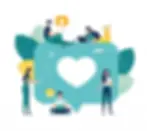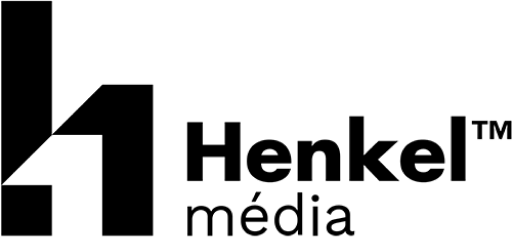.webp)
Disconnecting: not just for the holidays!
2022-10-20
4 minutes
Laurie Michel
SPECIALIZED COLUMNIST IN DIGITAL WELL-BEING

LAURIE MICHEL
SPECIALIZED COLUMNIST IN DIGITAL WELL-BEING
Digital disconnection is a hot topic as the holidays approach, yet it is essential to well-being and performance at all times. What if you stopped being embarrassed about having human needs?
Your body needs to disconnect from constant digital stimulation to recharge and stay healthy. I invite you to think about two types of disconnection to regularly put on your agenda.
(
You may also like
)
ABOUT THE AUTHOR

LAURIE MICHEL
ABOUT
Laurie is the founder of Vivala, a Quebec company specializing in digital well-being products and services, whose mission is to help the community establish healthy habits around technology. Speaker and author of the book Less Screens, More Present Moments, Laurie helps organizations and individuals become aware of hyperconnectivity and equips them to reduce digital distractions and better manage their screen time.
Disconnecting from work

Today, there are more and more powerful tools than ever to keep us permanently connected and it can be difficult for some people to let go of their professional responsibilities.
Who has never read their emails late at night to see what needs to be dealt with the next morning? Who has never interrupted a beautiful family moment by justifying their actions with a "maybe it's an urgent message from a colleague"?
Even during the holidays, your curiosity may have already pushed you to take a quick glance at your messages for fear of missing something or out of guilt for being unavailable for others. One of the biggest challenges in our hyperconnected world is being able to disconnect from work. Although some countries like France have legislated on the right to disconnect, the results are not as positive as one might have thought. Indeed, adding a policy on the right to disconnect in the employee manual with hours of communication is not a miracle solution to combat hyperconnectivity and digital presenteeism. Several factors can complicate letting go:
your personal relationship with digital
your professional conscience
your way of communicating
the corporate culture in which you operate
Unlimited access to the professional sphere, regardless of where you are, complicates work-life balance, which is increasingly disrupted by full-time or hybrid teleworking. This further reduces the fine line between personal and professional life.
What if you decided to…
-> talk more often about your digital calm needs?
-> promote this act in your professional exchanges?
-> place disconnection as an essential gesture for healthy performance?
Disconnecting from social networks

Over 55 million users worldwide browse social media every day. So, I bet you have at least one account on these platforms. It’s not uncommon for Facebook, LinkedIn or TikTok to steal your attention multiple times, every day. Because while they’re fantastic for many reasons, social media can steal your attention during a family meal or a work session.
An adult spends an average of more than two and a half hours a day on these platforms, which can lead to harmful behaviors. These have been studied in recent years.
For example, morbid scrolling , about which recent research was published by the journal Health Communication in August 2022. This hunt for the most shocking and tragic news in the news feed meets a need for thrills and can lead to increased stress, anxiety and even depression for some users.
And if you paid attention to…
-> how do you use social networks?
-> how you consume online content?

Food for thought
There is no miracle button to let go and reduce this intellectual, visual and sound technological stimulation! Disconnecting requires daily discipline, questioning the use we make of technology, both in the professional and personal spheres. Here are three examples of actions to take:
Schedule daily disconnections on your calendar
Plan times when you will physically detach yourself from digital tools (yes, even the smartwatch!)
No more apologizing for your digital unavailability
No more “sorry, I was out cycling!” Open up the discussion with your colleagues and get your loved ones used to your digital absences.
Relearning to wait
Thanks to technology, you have access to a wide range of content at the snap of a finger. You are becoming less and less patient. However, this ability is essential to your well-being because it helps you stay calm and in control of yourself. Being patient means choosing the right moment; it means controlling exchanges and information in order to properly manage a situation or the way you express yourself.




